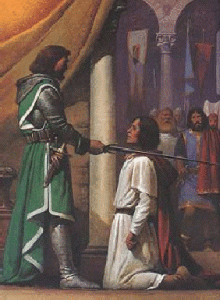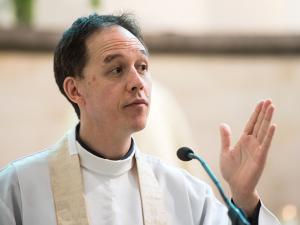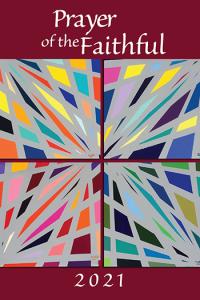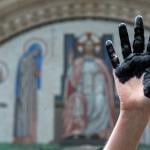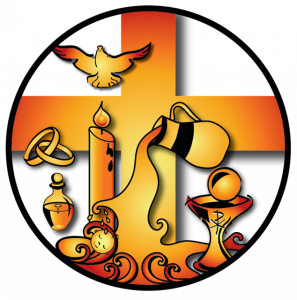
Celebrations of Grace: The Sacraments of the Catholic Church, Part 5
Catholics through the ages have loved the sacraments, loved the grace, the closeness to God, they find in church. Other things that happen in our everyday lives, however, bring out in us more various and down-to-earth emotions.
We enjoy things, we suffer them, we endure them, we get wild about them, we feel bound by them, or we freely commit ourselves to them. When you look close enough, all these things that stir up such varied emotions in us turn out to be graces, too. Since the Second Vatican Council, all these graces outside the church building have come into clearer view. I believe the liturgy is playing a mostly subconscious role in this change. I want to focus on that role.
Vertical or horizontal emotions
I used to picture what sacraments do vertically. Sacraments lift us up out of the ordinariness of life with a unique grace and presence of God. So naturally we love the sacraments, but that can be a bit abstract. Now I imagine sacraments pointing in different directions first, and with that come emotions more concrete.
Sacraments point backward to ways God has been present all along in the world. That includes, as the leading instance, God’s presence in Jesus—the flesh-and-blood Jesus, living, toiling, and dying at a particular time in history. They point forward to what God is calling us to be, ultimately with the resurrected Jesus, who will come again. Sacraments point outward to the grace that is alive now in people and things all over God’s world.
Sacraments don’t just signify; they make present. All those things that the sacraments point to aren’t just ideas and memories. In a mystical way, as graces God is giving now, they are “really present.”
Liking the sacraments
The Second Vatican Council was a decisive event for the members of the Catholic Church. It made a lot of changes; many more things stayed the same. One really big difference concerns our attitude toward the world. The best expression the old attitude ever got was in a Catechism answer that I still know by heart:
God made me to know him, to love him, and to serve him in this world so that I can be happy with him forever in heaven.
Too often that would have translated (and still does) to finding no intrinsic value in this world. The Second Vatican Council opened the windows and doors of the Church to the world.
It’s like a change in orientation. We can look outward and backward and forward for the God who meets us everywhere. It’s not just in privileged spaces where we meet God who would draw us up and away.
We can see this change whenever we gather for liturgy, if we remember we are there to celebrate and when the signs of the liturgy are clear and powerful. That’s when the sacraments, our most visible encounter with the invisible God, become a way of meeting up with the real stuff—that means the grace—of everyday life, the things we enjoy, suffer, get wild about, fight if necessary, or serve with calm commitment. That’s when it’s especially easy for me to like the sacraments.
Think again:
Does the liturgy that you participate in feel like something that draws you away from everyday life? Prepares you for life? Celebrates your life? Challenges your life? What is it about the liturgy that does any of these things? Is it only the short homily that connects to your life, or do other signs and actions do so as well. What emotions does the liturgy press upon you.




